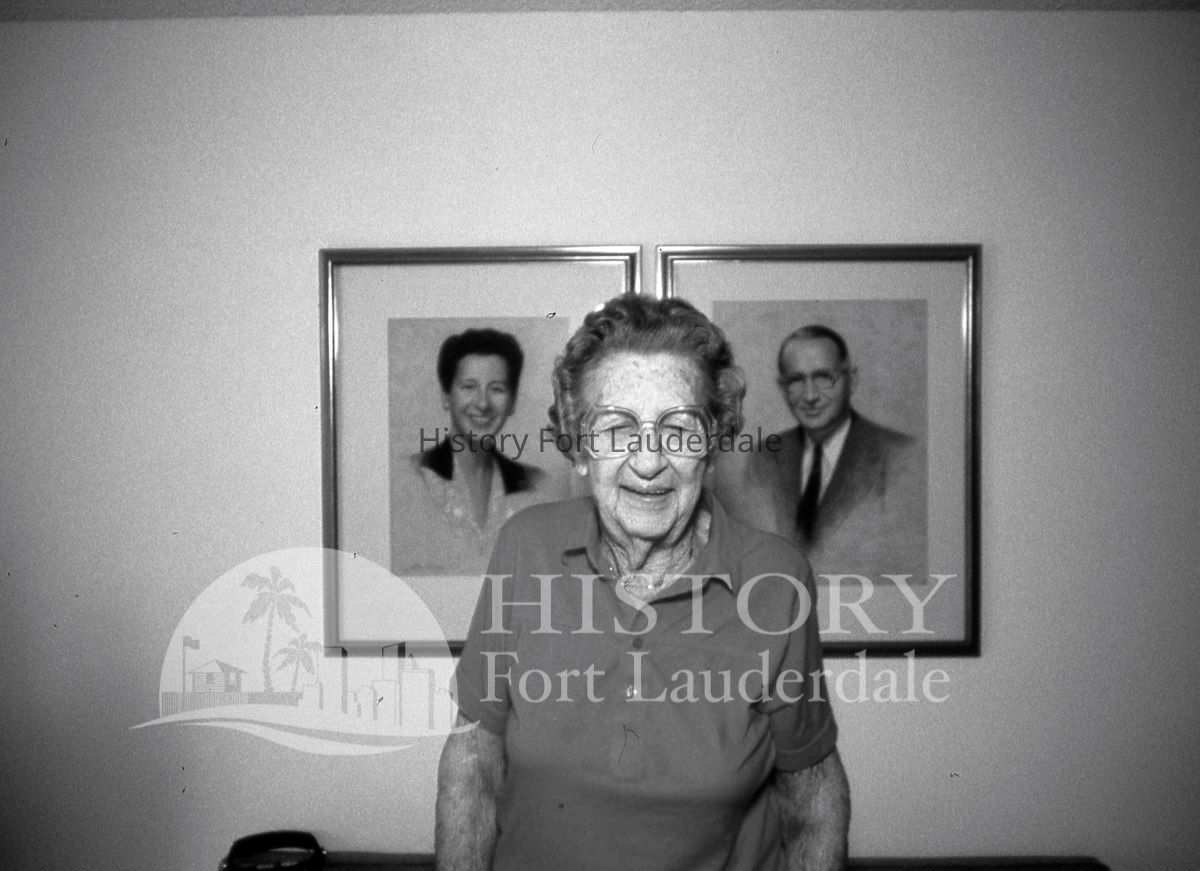Note Type
Historical NoteNote
Sadye Katz 1902-1986
A member of the first and oldest Jewish family in Fort Lauderdale, Sayde and husband, Mack Katz, moved to the area in 1924 from New York. Braving discrimination and restrictions placed on the Jewish community, Sadye and Mack opened the city’s first women’s clothing store. Mack’s Lady’s Shop was located on Brickell Ave., in the heart of downtown Fort Lauderdale. Later, Mack purchased land on the beach, gifting it to Sadye. She opened a beachwear shop, next to the Elbo Room, during the winter season. With the funds she made from the shop, Sadye built a small rental apartment for additional income.
Sadye and the Katz family along with the other Jewish families established the first synagogue in Broward County. Temple Emanu-El was erected in 1937. She established the first Jewish Sunday School in the Maxwell Arcade. During WWII, Sadye helped open and ran the Service Men’s Center. Every Wednesday night, Sadye and a group of volunteers would host the soldiers stationed in Fort Lauderdale. When the service center closed, all of the volunteers, except Sadye and her fellow Jewish women, were honored.
Sadye continued to help her community with her extraordinary fundraising talent and strength of character. Her efforts to better the community led to her services being requested for projects such as the construction of War Memorial Auditorium and Holy Cross Hospital. Projects which she was hesitant to join because she knew once they were completed would be restricted to white use only. “Restricted Clientele” was a sign Sadye was intimately familiar with. Only after receiving a letter from the Archbishop stating that Jewish doctors would be allowed to practice in the new hospital did Sadye begin to engage the community in raising funds. An activist for equal rights, Sadye’s work helped removed barriers for the Jewish community.
